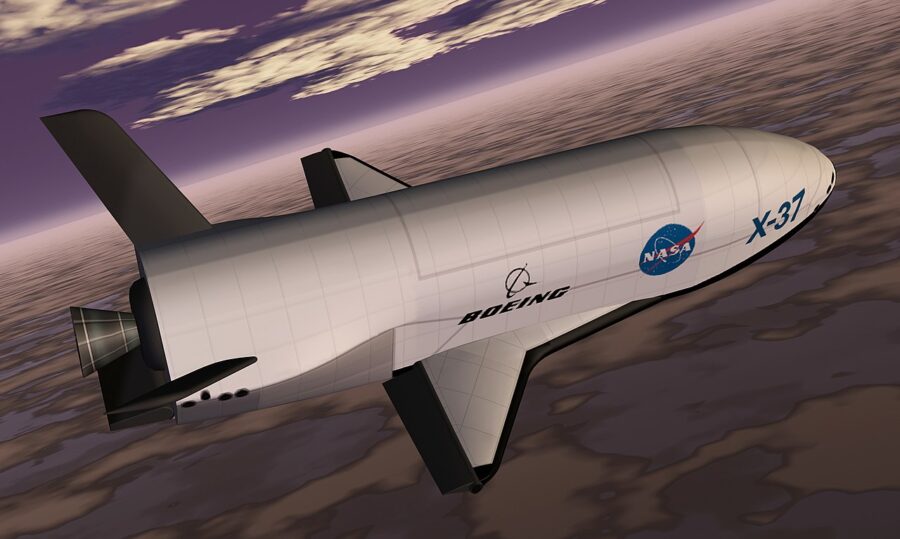Boeing X-37B to Launch Eighth Mission with Quantum and Laser Tech

The Boeing-built X-37B Orbital Test Vehicle (OTV) is set to embark on its eighth mission—designated OTV-8—with a launch scheduled no earlier than August 21 from Florida’s Space Coast. This mission comes less than six months after the successful completion of OTV-7 and continues the X-37B’s role as a key platform for space-based innovation and experimentation.
“With each successive flight, the X-37B has demonstrated adaptability and flexibility by hosting diverse experiments and pioneering new orbital regimes,” said Michelle Parker, Vice President of Boeing Space Mission Systems. “This mission continues that legacy by fielding cutting-edge technologies that advance our nation’s space capabilities and enhance the resilience of future space architectures.”
OTV-8 will feature a service module that expands the spacecraft’s capacity to host a broader range of experiments. It also enables deeper collaboration with mission partners such as the U.S. Air Force Research Laboratory and the Defense Innovation Unit, highlighting the X-37B’s increasing strategic importance in defense-related space operations.
A key focus of the mission will be testing high-bandwidth inter-satellite laser communication systems and a quantum inertial sensor—the most advanced device of its kind ever deployed in space. These technologies are expected to provide critical insights for the U.S. Space Force as it works to modernize and diversify its satellite communications infrastructure.
“OTV-8’s laser communications demonstration will mark a significant step in the U.S. Space Force’s ability to leverage commercial space networks as part of a proliferated, diversified, and redundant space architecture,” said General Chance Saltzman, Chief of Space Operations. “This capability will strengthen the resilience, reliability, and data transport speeds of our satellite communications systems.”
The quantum inertial sensor, another highlight of the mission, will showcase advanced positioning, navigation, and timing capabilities in environments where GPS signals are unavailable. This is especially relevant for operations in deep space and cis-lunar regions, where traditional satellite navigation is not feasible.
“OTV-8’s quantum inertial sensor demonstration is a welcome step forward for operational resilience,” said Colonel Ramsey Hom, Commander of Space Delta 9. “Whether navigating cis-lunar space or operating in GPS-denied environments, quantum sensing enables robust and accurate navigation. This technology plays a pivotal role in advancing our capabilities within the Fifth Space Operations Squadron and across the broader Space Force, ensuring movement and maneuverability even without GPS.”
As the X-37B continues to evolve, its missions reflect a growing emphasis on integrating advanced commercial technologies into military space operations. With OTV-8, Boeing and the U.S. Space Force are pushing the boundaries of autonomous spacecraft experimentation, further solidifying America’s position at the forefront of space innovation.
Related News: https://airguide.info/?s=X-37, https://airguide.info/?s=boeing
Sources: AirGuide Business airguide.info, bing.com, boeing.com
